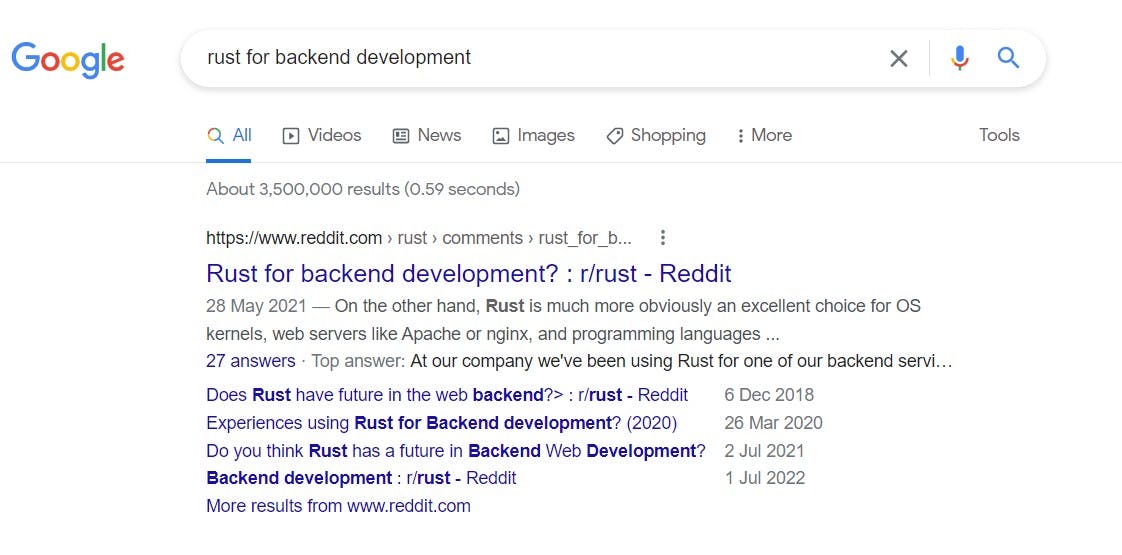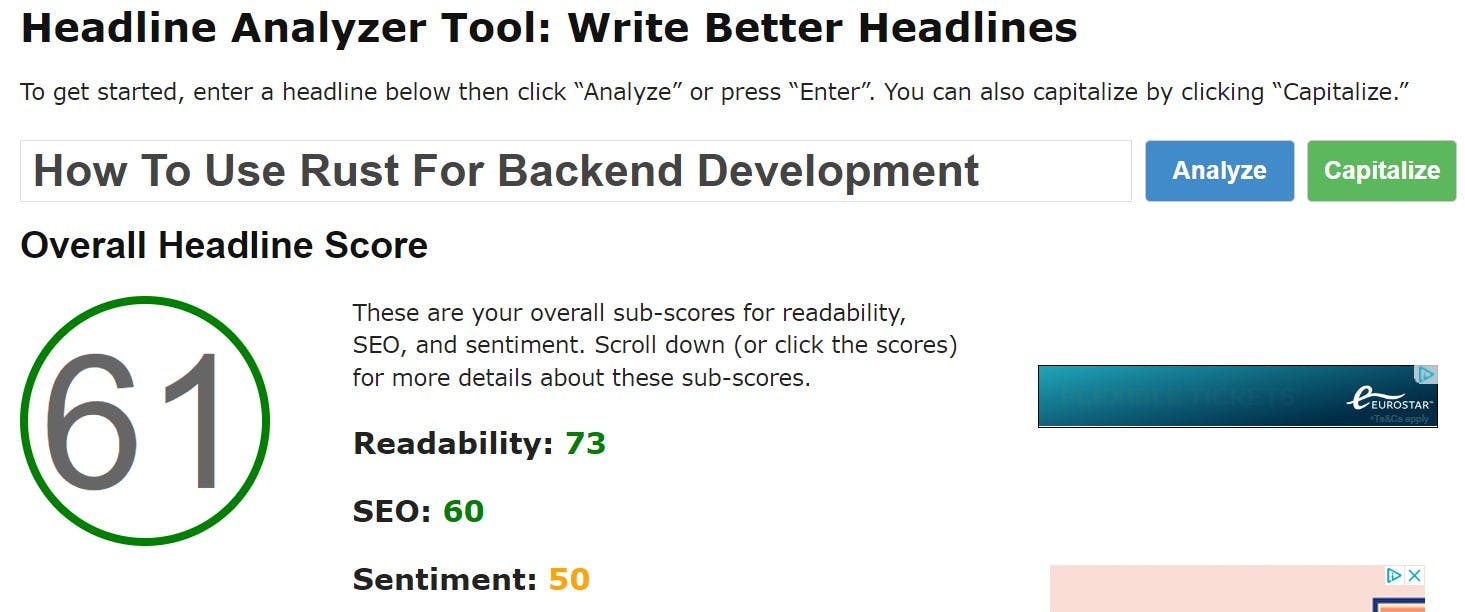Do you want to know how to increase your blog's traffic?
I've been blogging for over a year, and my blog's traffic is growing by 30/35% every month. This article will teach you how you can do it. And the good thing is that you can achieve all these for free, without paying for any tools.
Let's start.
1. Do Keyword Research
Keyword research is the first step to driving traffic to your blog.
What is keyword research?
Keyword research means understanding the words readers type when searching for a query on Google (or any other browser).
Why do you need keyword research?
To increase your blog's traffic, you must create content that helps your readers.
Keyword research allows you to understand what your readers search for when entering a query on the search bar.
When you create content targeting the keywords users type in a Google search, your blog is more likely to rank higher on Google.
The likelihood of ranking higher on Google depends on:
How relevant the keyword is: your content will rank higher if it meets user intent.
How many people search for the keyword: how many people search for that query per month.
How authoritative your website is: your blog needs content that benefits your readers. This means that every blog you write must be helpful for your readers.
How do you do keyword research?
- You need to decide what topic you want to write about.
For example, let's say you want to write content which targets the keyword "Rust".
From here, you can think of words that could gravitate around Rust.
Some examples could be Rust for backend development.
Let's type this query on Google.

Rust gets 500M+ searches per month.
Now, let's search for Rust for backend development.

This query gets 11M+ queries a month.
- From here, look at the results you get when you search for "Rust for backend development".
A strategy I know works 98% of the time is that if you see a Reddit, Quora, StackOverflow, StackExchange or any other forum question, create a blog post to answer that question.
You have to take advantage of those occasions if you want to rank higher on Google.
Create content that answers your users' concerns.
Continuing "Rust for backend development".
The result you get on Google is a Reddit question:

You can do keyword research for free by putting yourself in the shoes of a reader and thinking about the possible queries someone can search for.
Keyword research should take a good chunk of your time crafting a blog post if you care enough about ranking higher on Google.
2. Write User-First Content
Once you know the topic you want to write about, the next step would be to create user-first content.
Google has recently released a new algorithm which will reward user-first content instead of search engine-first content. The algorithm aims to devalue content written for search engines.
This means that your content must fulfil your readers.
Your content ideally should fall under an umbrella and not be on topics utterly different from one other.
Your content should have the feeling of having answered your readers' questions to the best of your ability.
Your content shouldn't target any specific word count. I confirm that Google doesn't care about word count. Whether you write a 600 or 2000-word count doesn't affect the ability to rank higher on Google.
Related: 5 Ways To Track Your Blog's Success
3. Write Eye-Catching Headlines
The next step is to write eye-catching headlines.
What does "eye-catching" mean?
An eye-catching headline is a headline that:
Gets Your Audience Attention: this means adding a sentiment element, such as "easy" or "fast".
Meets user intent.
Usually, it's good practice to write a headline with both elements. However, I've often found that writing a headline that meets user intent is enough for a click-through rate (people clicking through your blog's link). You don't always have to add a sentiment element to your posts.
Continuing on the example "Rust for backend development", some examples of an eye-catching headline could be:
How To Use Rust For Backend
Is Rust Good for Backend Development?
Or "Rust for backend development".
You can use Capitalize My Title to help you craft headlines for your blog posts.

Usually, "how to" posts perform well and gain a reasonable click-through rate.
Conclusion
I hope you've found this article helpful.
Apply these strategies and watch your blog's traffic skyrocket.
Until next time!
🙋🏾♀️

